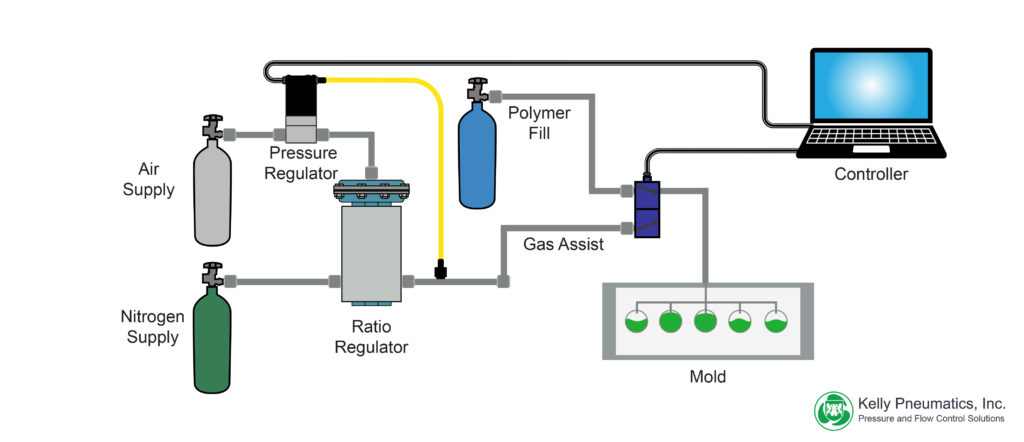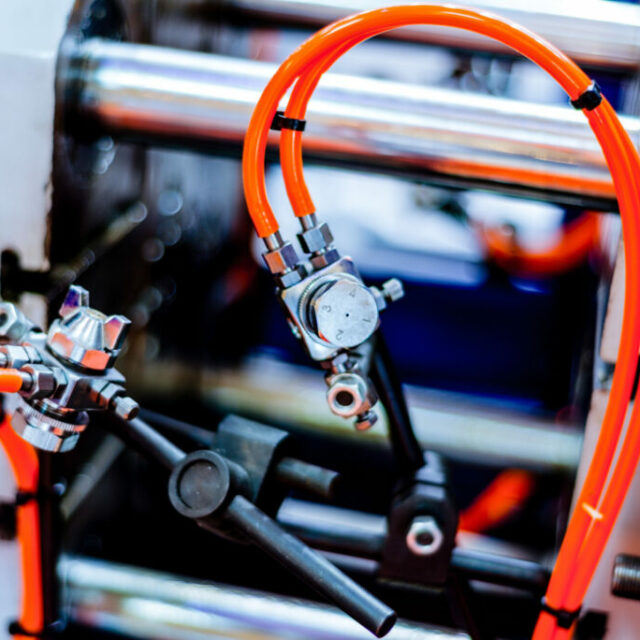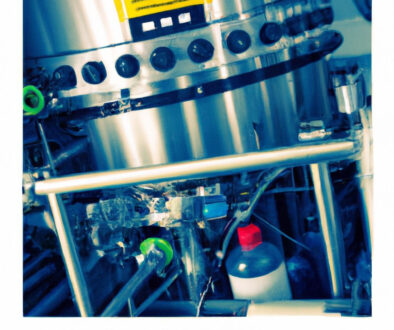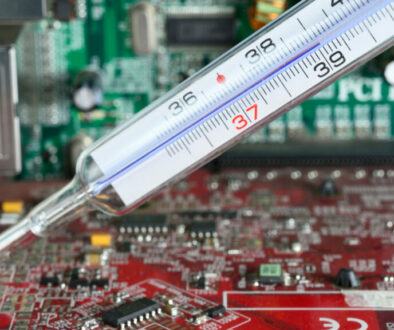How to Achieve Accurate Pressure Control in Injection Molding Applications
There are three technologies available for manufacturing parts, one of which is injection molding. Injection molding provides a predictable and scalable process to quickly prototype and produce products (the other two are machining and additive manufacturing).
Commercial manufacturing industries benefit greatly from the use of injection molding in the production of plastic parts and products. Injection molding is a manufacturing process that involves injecting molten material into a mold cavity. This process can be used to produce parts and products from a variety of materials, including metals, glasses, and plastics. Injection molding is an efficient and cost-effective way to produce large quantities of identical parts and products. The benefits of injection molding include the ability to produce complex geometries, the ability to produce parts and products with tight tolerances, and the ability to mass-produce parts and products. In addition, injection molding can be used to produce parts and products with a variety of surface finishes. The markets that benefit most from injection molding include the automotive, consumer electronics, medical device, and packaging industries.
When a provider of injection-molding services creates a mold, the material to be used to make the part can be injected into the mold. Molds have cavities designed to cast production parts. A mold such as this can take weeks to create, but one can produce hundreds of thousands to millions of parts out of it once it is created. It is pertinent to note that making a mold can be expensive – especially if the part being molded is complex.
Injection molding is a commercial manufacturing process that involves injecting molten plastic into a mold to create various objects and parts. It is widely used in the production of consumer goods, electronic components, and medical devices. Injection molding is often compared to 3D printing, as both processes can be used to create complex shapes. However, there are several key differences between these two technologies.
Injection molding typically requires the use of a specialized process involving pneumatic equipment, whereas 3D printing can be done with a desktop printer. In addition, injection molding typically uses molds that are created with computer-aided design (CAD) software, while 3D printable models are typically created with modeling software. Finally, injection molding generally involves the use of a pneumatic system to inject the molten plastic into the mold, while 3D printers typically use an extrusion method.
The pneumatic system used in injection molding provides several advantages over other manufacturing methods, including increased control over the injection process and improved safety for operator. Overall, injection molding is a versatile manufacturing process that offers many benefits over other methods.
High pressure pneumatics systems are commonly used in injection molding, as they can provide the high level of force necessary to inject molten material into a mold. These systems typically include an Electronic Pressure Regulator, which controls the flow of air or nitrogen gas into the system.
The nitrogen gas provides the high level of pressure needed to inject the molten polymer fill material into the mold cavity. The injected polymer then cools and solidifies within the mold, taking on the shape of the cavity. The parts can then be ejected from the mold and finished as needed.
Injection molding is a versatile manufacturing process that can be used to produce parts of various sizes and shapes. By controlling the flow of nitrogen gas and air into the system, manufacturers can produce parts with precise dimensions and little to no defects.

The high flow pressure regulator is an important part of the injection molding machine, because it maintains the precise amount of pressure that is necessary for successful operation. If the wrong pressure regulator is used, it can result in poor quality products, or even damage to the machine. That is why Kellypneumatics, Inc. offers a wide variety of high flow pressure regulators, each designed for specific injection molding applications.
Kellypneumatics, Inc. also has a team of experts who can help customers choose the right pressure regulator for their needs. With over 30 years of experience in the industry, Kellypneumatics, Inc. is the best source for all your injection molding needs. Contact Kellypneumatics, Inc. today with any questions about your application.



